 In honor of Memorial Day, we invite the Cure Nation to explore our nation’s military history by learning more about the 10th Veteran Reserve Corps (Invalid Corps). When called upon to give that last measure of commitment, the devoted men of the Union Army’s Invalid Corps stood in the gap and defended President Abraham Lincoln and the Capitol at Washington D.C. toward the end of the Civil War.
In honor of Memorial Day, we invite the Cure Nation to explore our nation’s military history by learning more about the 10th Veteran Reserve Corps (Invalid Corps). When called upon to give that last measure of commitment, the devoted men of the Union Army’s Invalid Corps stood in the gap and defended President Abraham Lincoln and the Capitol at Washington D.C. toward the end of the Civil War.

The men of the Invalid Corps probably would have been overlooked by history had it not been for Day Al-Mohamed of Washington, D.C., a Senior Policy Advisor to the Federal Government, author and disability policy advocate. Visit her site at www.DayinWashington.com.
“Renee Brown, who’s one of our researchers for the movie we’re making on the Invalid Corps, first did a blog post for a non-profit that works on issues for people with disabilities,” Al-Mohamed explains.
“For a Throwback Thursday, she agreed to write some blog posts about the history of people with disabilities. After finding a song about the Invalid Corps, Renee then told in a couple of paragraphs about this little known group of soldiers with disabilities, who were called up by the Union to fight at the battle of Fort Stevens in the District of Columbia on July 11-12, 1864.
I found that blog post fascinating and thought there had to be more to the story of the Invalid Corps than a small obscure song. I did my own research, and the more I learned, the more I was drawn into the story.”
The Formation of the Invalid Corps
The Civil War, one of the bloodiest wars Americans ever fought, saw many Americans on both the Union and Confederate sides killed. Also some were wounded and disabled for the rest of their lives. At first, the Union Army assumed that it would defeat the Rebels within a year, so many of the first soldiers injured in the war were allowed to return home after their injuries.
Many were missing arms, legs and/or eyesight or had mental disorders. But as the Civil War drug on, the numbers of soldiers fighting for the North as well as the South were rapidly being depleted due to death, injuries, disease and what we would call today, battlefield fatigue.
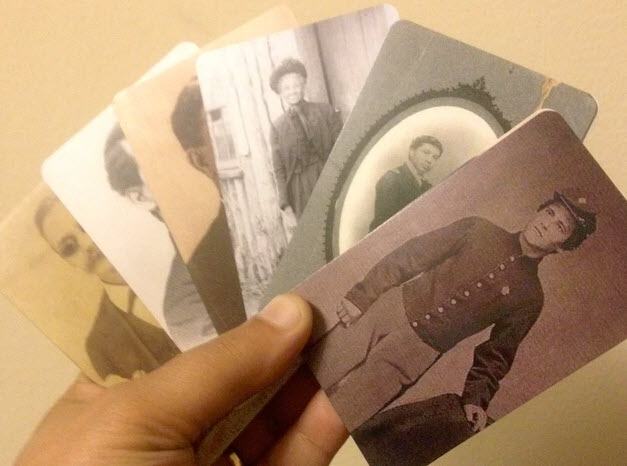
“Later in the war, instead of discharging many of the wounded soldiers, the North kept these wounded soldiers who could no longer fight in the regular army on active duty and created what was called the Invalid Corps,” Al-Mohamed reports. “This way the able-bodied men could go to the front and fight.
The men of the Invalid Corps:
- took over the responsibilities of guard duty;
- made supply runs;
- were used for parades;
- guarded the theaters;and
- did all the work that had to be done to support the army and to protect and defend the Capitol.
They oversaw the prisoners of war too and completed the clerical work needed to keep Grant’s army making more gains in conquering the South. These men were viewed as not being able to do anything else in the Union Army except participate in the Invalid Corps.”

The Civil War’s Southern Campaign Advances
General Ulysses S. Grant decided in 1864 that the time was right to try and crush the South and bring an end to this war once and for all. Grant mustered a large army to march with him and pulled just about every able-bodied soldier out of the North, including those guarding Washington D.C. to fight with him in his Southern Campaign.
In June, 1864, General Robert E. Lee, with his Second Corps of the Army of Northern Virginia, formed the Confederate lines around Richmond. Lee ordered General Jubal Early to take a detachment of men to wage the Shenandoah Valley Campaign and clear that area. Then General Early was to proceed to Maryland to disrupt the Baltimore and Ohio Railroad, and, if possible, threaten Washington D.C.
Lee’s hope was that a movement into Maryland would force General Grant to send troops back to Washington to protect the Capitol and President Abraham Lincoln, thus reducing Grant’s strength to take the Confederate Capitol at Richmond, Virginia.

Because Grant had pulled almost all the able-bodied soldiers out of the North, General Early was able to go up the Shenandoah Valley all the way to Maryland and hoped to then launch an attack on Washington D.C. from the north.
Only the small Fort Stevens and its minimum number of troops plus the men of the Invalid Corps were present to defend the Capitol.
When the Union learned that General Early and the Confederates were planning to attack Washington D.C. from the north, Grant quickly sent troops back to help defend the Capitol. Grant put troops on boats that went up the Potomac River to reinforce the small band of Union troops at Fort Stevens.
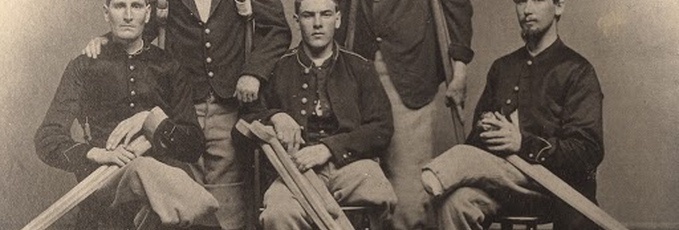
The Great Civil War Race to Fort Stevens
The race was on, and could Grant’s reinforcements reach Fort Stevens in time to save the Capitol and President Lincoln? Or, would General Jubal Early and his 15,000 Confederates rout the defenders at Fort Stevens and storm the Capitol at Washington D.C., only 3 miles away?
They were caIled cowards and cripples, but to protect President Lincoln, a few disabled Union soldiers held off 15,000 Confederates.
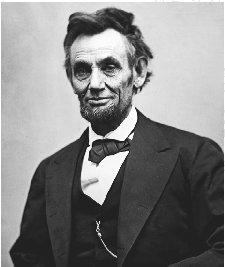
“The men of the Invalid Corps were put outside Fort Stevens in trenches to defend the fort,” Al-Mohamed explains. “President Lincoln was in Washington at the time and went out to Fort Stevens to stand on the ramparts to watch the battle.”
As the early troops began to arrive at the breastworks of Fort Stevens, Early delayed the attack, since he still was unsure of the Federal strength defending the fort. Much of his army was still in transit to the fort too. Early’s men were exhausted due to the excessive heat (the area had had 47 days without rain and temperatures in the 90s), his troops had been on the march since June 13, and these Confederate troops had looted the home of Montgomery Blair, the son of the founder of Silver Springs, Maryland, and had partaken of the barrels of whiskey at the mansion. Many of the troops – new recruits with little or no experience in combat – were too drunk to go into battle.
However, the men of the Invalid Corps were battle-hardened veterans who had looked death in the face and kept on fighting.
This is one of the main reasons the men of the Invalid Corps were put in the trenches of Fort Stevens to defend against the Rebel charge.
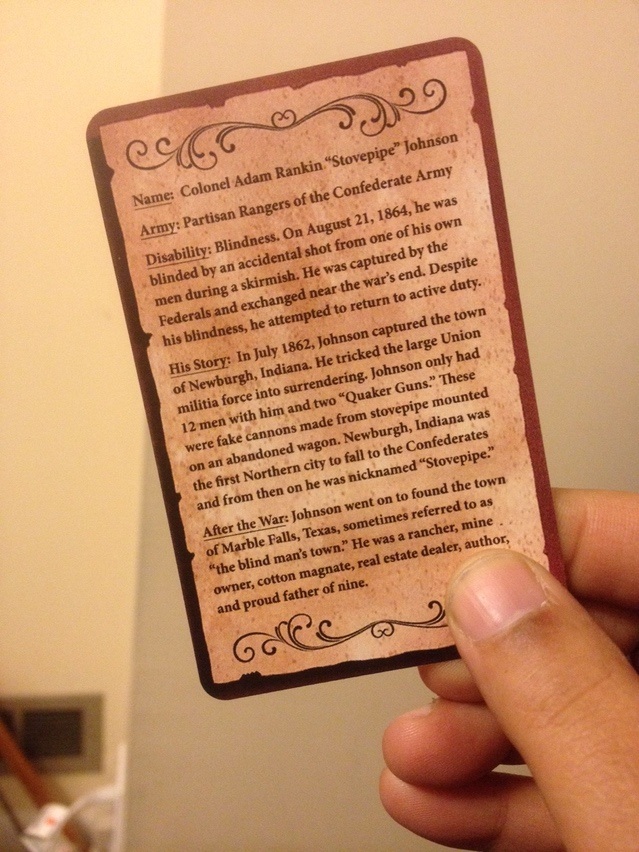
One major road came into Washington D.C. from the north, and that was the road where Fort Stevens had been set up to protect.
Perhaps President Lincoln thought that by being on the ramparts he could rally the troops to defend the Capitol. During one of the skirmishes while President Lincoln was standing on the wall of the fort, a surgeon standing nearby was shot by a Confederate soldier. Although several skirmishes occurred during the battle for Fort Stevens, the Invalid Corps and the soldiers inside the fort stood their ground.
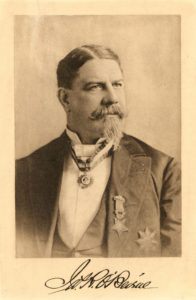
“One year after the battle, the men who fought in the Invalid Corps protested the name of their unit, so the name was changed to the Veteran Reserve Corps,” Al-Mohamed says. “By the end of the Civil War, more than 40,000 soldiers were in the Veteran Reserve Corps.
One of the members of the Veteran Reserve Corps, Captain James O’Bierne, had suffered an injury from a bullet ricocheting off his head, had a second bullet in his leg, had been shot in his chest and had a paralyzed right arm. He was detailed to the Provost Marshall’s Office and put in charge of getting the arms and the ammunition for the men who fought at Fort Stevens.
He also took care of the wounded, buried the dead, oversaw the care of prisoners and was assigned to chase General Early and his command after the attack on Fort Stevens. Later, almost immediately after the end of the war, when President Lincoln was shot on April 14, 1865, and died the next day, O’Bierne was assigned to do the detective work to find John Wilkes Booth.”
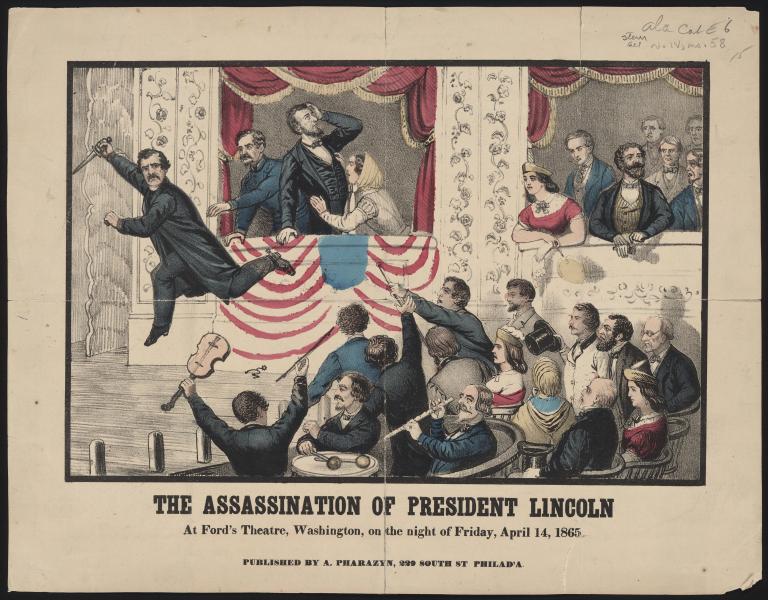 Learn more by visiting: invalidcorpsfilm.nrbrown.com/2016/04/21/the-invalid-corps-the-assassination-of-president-lincoln-and-the-hunt-for-john-wilkes-booth.
Learn more by visiting: invalidcorpsfilm.nrbrown.com/2016/04/21/the-invalid-corps-the-assassination-of-president-lincoln-and-the-hunt-for-john-wilkes-booth.
Day Al-Mohamed Decides to Make a Film about the Invalid Corps
Initially Day Al-Mohamed became interested in the Invalid Corps and its work from the blog post she read. This story about people with disabilities, who were willing to defend with their lives the Capitol at Washington D.C. and President Abraham Lincoln, mesmerized Al-Mohamed.
She questioned, “Why has this population of people with disabilities been erased or not noted in the history of this country?”
History records the men who were wounded, disabled, crippled and had amputated limbs; but rarely did history record what these men did after their injuries during the war, or what they became after the war.”
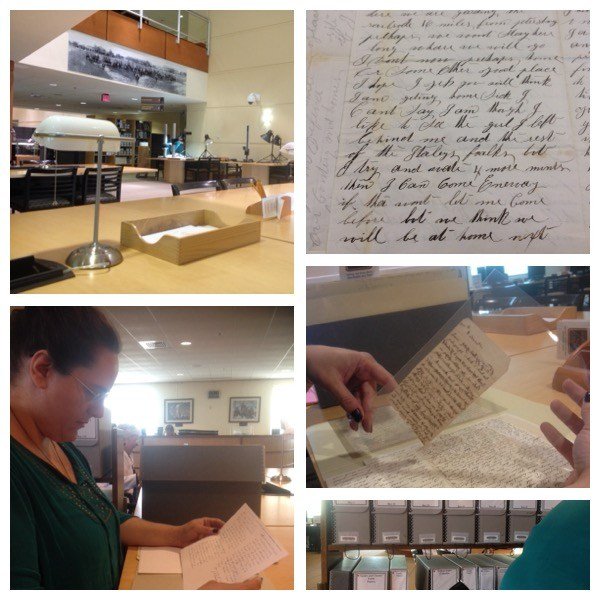
After researching, Day Al-Mohamed learned that James O’Bierne helped the Union track down John Wilkes Booth and then went on to become the Assistant Commissioner of Immigration at Ellis Island, New York.
“Other outstanding members of the Veteran Reserve Corps included Hervie Dobson, who lost his leg in an industrial accident before the Civil War ever started. However, he was so resolved in his passion to defend the Union that he got permission from President Lincoln to join the Union Army. He joined as a member of the Invalid Corps.
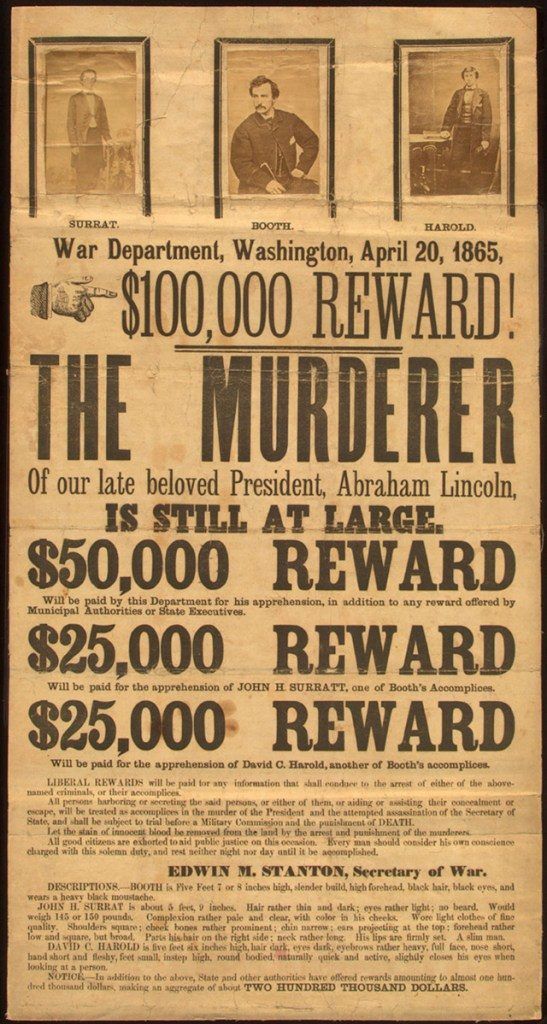
Dobson stood outside the Petersen Boarding House to guard the wounded President Lincoln and the doctors and staff attending him after Lincoln was shot by John Wilkes Booth. Later Dobson went to medical school and also was credited with coming up with the rule in baseball that after four balls were pitched, the batter was allowed to walk to first base.
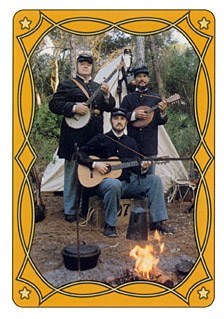
“As I got so involved with the Invalid Corps, the men who made up this group of soldiers, and what the Invalid Corps accomplished, I wondered how to share this important history, so it wasn’t lost or forgotten. I decided to put together the pictures and stories in a short documentary film, so this history of people with disabilities, and what they accomplished could be shared in schools and museums throughout the nation. We put together a team and began work on the film. We hope to premiere it in 2017.”
To learn more about the Invalid Corps and the work being done to preserve the history of these brave men who served our country, visit www.invalidcorpsfilm.com.
Disability Etiquette Note: “Invalid” is a historical term and one that was used a long time ago to describe a person who has a disability. In today’s terms, “invalid” is no longer used as people-first language is preferred and more appropriate. Our nation has evolved as it has grown, and thankfully terms like “invalid” are now part of our past.
For more information on disability etiquette and people-first language, please see: https://www.unitedspinal.org/disability-etiquette/ for a free booklet from United Spinal that provides some basic tips for you to follow.
Enjoy Our Free Resources & Articles
 CURE NATION is designed with you in mind, to offer assistance and education when you need it through a personal support program.
CURE NATION is designed with you in mind, to offer assistance and education when you need it through a personal support program.
All of the information you find below and on our related social media pages is meant to guide you to places, topics and, resources that enhance your life, while also connecting you with a growing group of friends.
- Sign up for our free, CURE NATION e-newsletter to have our latest stories delivered directly to you, once a month.
- Get our FREE LIFESTYLE + TRAVEL BOOKS here.
- Have an idea you’d like to share? Let us know.
- Be sure to take a minute to meet our Cure Advocates too.

